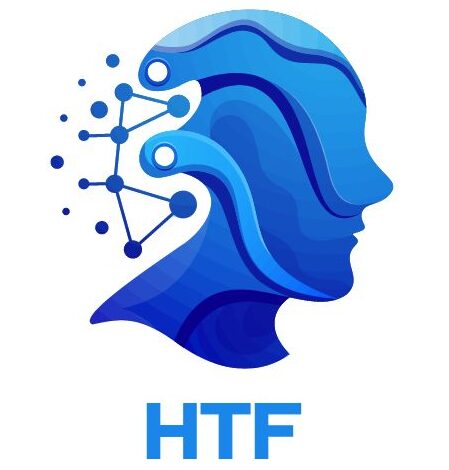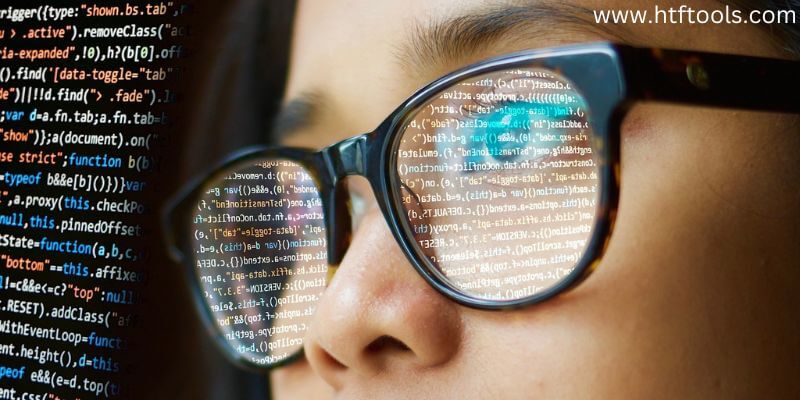Top 11 Tools for Teaching Kids Programming in 2024

Introduction
Top 11 Tools for Teaching Kids Programming in 2024 We live in a digital age where computers and gadgets ranging from smartphones to tablets have become an essential part of our lives. That said, even kids these days love iPads and find apps like How to Take Fish to Water. So as kids become more technically savvy over time, there’s no reason they can’t learn the basics behind their favorite technology. So it’s true, we say there’s no reason why you shouldn’t teach your kids programming from an early age.
So this will not only develop children’s analytical programming skills at an early age but also help them think about whether they want to become programmers in the future. Also, we have put together 10 educational tools for you that can be used to teach and develop programming skills in kids. As we can see, most tools are based on a visual programming language with a drag-and-drop interface for programming. Through it, these colorful and exciting tools will ultimately help your kids to enhance their programming skills.
1. Hopscotch:-
Looking at these tools, Hopscotch says programming is designed for everyone. Using this Hopscotch, you can easily teach your child the basics of programming. Also currently you can download only the Hopscotch app for free on all iPads. So Hopscotch is all about allowing your kids to develop their games, stories, animations, and many other interactive programs by dragging and dropping code blocks. To control the program’s characters, one can shake, bend, or boom the iPad. Hopscotch Tools is a tool that lets your kids develop their games, stories, animations, and many other interactive programs by dragging and dropping blocks of code. That’s why we have to control the characters of the program.
2. Scratch:-
The Scratch tool is a programming language and community Mline Community, developed and maintained by the Lifelong Kindergarten Group at the MIT Media Lab. Also, the Scratch service is free to use and allows your kids to create their animations, games, and stories. That’s why your kids can share their creations with others around the world using Scratch’s community online community. If your kids can use Scratch’s community online and share their creations with others around the world. So this tool will be handy for you.
3. Alice:-
These tools Alice is a free-to-use 3D programming tool that allows anyone to create animations for storytelling, interactive play, or video sharing to share on the web. So the main purpose of this tool is to give your kids basic exposure to object-oriented programming. Along with using Alice, students will learn to create animated movies and simple video games. So this tool will be handy for you.
4. Tynker:-
The Tools Tanker is a programming online programming learning system designed to encourage children to translate their creative ideas into games, projects, and animated stories and run their applications on the web. So Tanker uses a simple visual programming language that does not require programming syntax but is combined with blocks of code to create programs. These tools have a fee for lifetime access but also offer online self-paced courses, mobile puzzles, and summer camps.
5. Hacketty Hack:-
As we can see, this tool Hacky Hack is an easy-to-use programming tool that can be used today to teach the absolute basics of programming. Which does not require prior programming experience before starting to work on Hacky Hack. It is based on the Ruby programming language. So Ruby is used to develop programs like desktop applications and websites. Also Hacky makes it easy to create graphical interfaces using Hack’s Shoes tool.
6. Codable:-
This tool is a free-to-use programming app for Codable iPad. “Learn to code before you read” is embodied by their method of learning programming through a fun game. Codable is a tool designed specifically for kids ages 5 and up to learn programming by playing games with little instruction. Codable has 3 levels of programming including K-2 grades, 3rd – 5th grades, and 6th – 12th grades.
7. Stencil:-
This stencil tool is fast, free, and convenient. So it allows you to develop games using a drag-and-drop interface, and no coding is required. Also if you don’t want to use a block-snapping interface, you can write the code as well. Stencil has broad platform support and games developed on Stencil can be played on Android, iOS, Windows, M, C, and Linux.
8. Robomind:-
The tool Robomind is a programming tool for children who use ROBO in their language. So it’s a very simple language that doesn’t require prior programming knowledge. So the main purpose of Robomind is to move a virtual robot on a two-dimensional grid and perform simple tasks. So by using RoboMind, your kids can learn the basics of artificial intelligence and then their real robotics it’s like LEGO Mindstorms NXT 2.0. As well as RoboMind offers a 30-day free trial of their equipment. So this tool will be handy for you.
9. Etoys:-
This tool is a simple tool for using programming tools that children can use to create their games, models, and stories. So Itois projects can be developed using graphics, animated objects, music, sound, scanned images, and text. It’s free to use with a generous license. So this tool will be handy for you.
10. Waterbear:-
As we can see, Water Turbars for Kids is a convenient and usable free programming toolkit that uses a drag-and-drop approach for programming purposes. Waterbeer is also a visual programming language which means you don’t need to learn syntax to start programming with it. So kids can create new files, see examples of other creations, and play with various features among other things. There are also descriptions for each element that are easy to follow. So this tool will be handy for you.
11. c and c++
It is a machine-independent procedural or structure-oriented programming language that is widely used in many applications. C is its basic programming language which can be used to develop from OS like Windows to advanced programs like Git, Python interpreter, Oracle database, etc.
It is a subset of the C language. It is C++ object-oriented, and designed as an extension of the C language. Thus, apart from the procedural language features from C, C++ also supports object-oriented features—for example, polymorphism, inheritance, encapsulation, abstraction, and more.
I hope you learned something new by reading the Top 11 Tools for Teaching Kids Programming in 2024 blog and thank you so much for reading.




